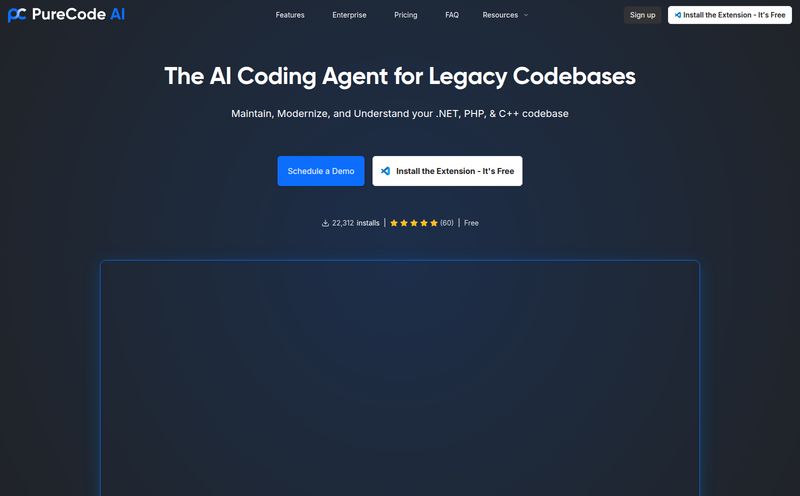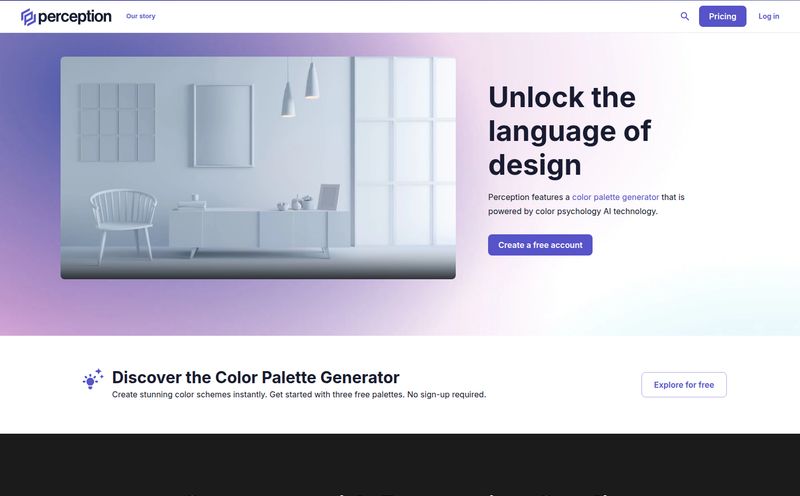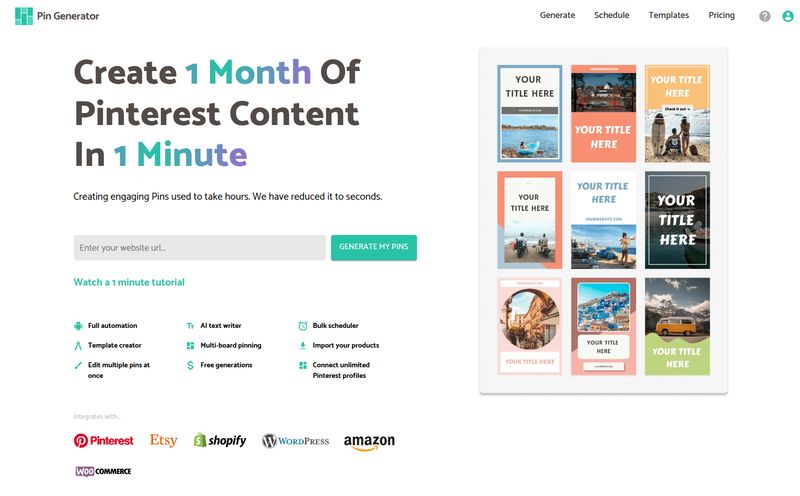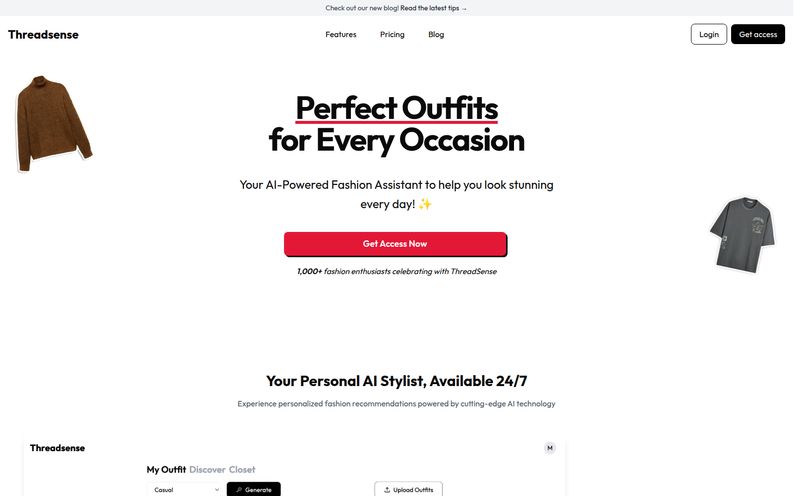You know the feeling. You swing open your closet doors, revealing a chaotic jungle of fabrics you once loved, and declare with a sigh, “I have absolutely nothing to wear.” It’s a modern tragedy, isn’t it? Meanwhile, a little voice in the back of my head (the one that watches too many documentaries) whispers about the mountains of clothes ending up in landfills. It’s a weird guilt. A consumerist paradox.
I was scrolling through the web the other day, probably looking for another black t-shirt I definitely don’t need, when I stumbled upon something... different. A platform called GreenSuggest. The tagline was something about AI-powered upcycling. My SEO-brain lit up. AI? Fashion? Sustainability? That’s a trifecta of buzzwords I couldn’t ignore.
But could a piece of software really solve my wardrobe woes and my eco-anxiety? I had to check it out.
So, What's the Deal with GreenSuggest?
At its core, GreenSuggest is an AI-powered platform designed to breathe new life into your old clothes. Think of it less as a simple recycling bin and more like a creative partner for your wardrobe. You show it a piece of clothing—that old pair of jeans with the unfortunate rip, or a shirt that’s just so last season—and its algorithm churns out personalized ideas for how to transform it into something new and stylish.

Visit GreenSuggest
It’s not just a vague suggestion, either. The platform gives you DIY tutorials to guide you through the process. It's an attempt to make upcycling accessible to everyone, not just the super-crafty folks with a sewing machine and a Pinterest board that puts Martha Stewart to shame. I was also pretty impressed to see a real team behind it on their site—Mohammad Pevdeli, Somaye Vesaghzadeh, and others. It feels less like a faceless corporation and more like a group of people who genuinely want to tackle a problem.
Let's Get Real About the Fast Fashion Problem
The “Why It Matters” section on their site hit me hard. They state that the fashion industry produces over 23 million tons of waste a year. Twenty-three. Million. Tons. And a staggering 95% of those textiles could actually be recycled or reused. It’s a number so big it’s hard to even picture.
We've all been part of the problem, lured in by tantalizingly low prices and ever-shifting trends. That five-dollar t-shirt feels like a bargain until you realize it’s part of a system creating environmental chaos. According to the Ellen MacArthur Foundation, a truckload of textiles is landfilled or incinerated every single second. Every. Second. It’s a cycle of buy, wear once, and toss that’s just not sustainable. And platforms like GreenSuggest are, at the very least, trying to offer a way out.
How This AI-Powered Upcycling Actually Works
Okay, so how do you go from a sad, forgotten sweater to a chic new accessory? The process seems pretty straightforward. The whole idea is to stop you from reflexively buying new stuff and instead look at what you already own with fresh eyes.
It’s a philosophy built around a few key actions: you resist the urge to buy new, you repurpose what you have, and in doing so, you reduce textile waste. The platform aims to be your guide. You snap a photo of your clothing item, the AI does its magic, and you get a custom-tailored (pun intended) upcycling project complete with instructions. One minute you have a stained t-shirt, the next you have a tutorial for turning it into a reusable tote bag. Pretty neat.
Interestingly, their site also mentions a service to “Book Your Pickup.” This suggests a second, more hands-off approach where they might pick up your items and transform them for you, possibly through workshops. This could be a fantastic option for those of us who are... let's say, creatively challenged or just short on time.
The Pros, The Cons, and My Honest Take
No tool is perfect, right? As an SEO, I’m paid to be skeptical. So, I put on my critic’s hat and broke down what I think are the real-world highs and lows of a tool like GreenSuggest.
The Advantages of GreenSuggest
The biggest win here is the personalized inspiration. Generic ideas are everywhere, but getting a suggestion based on the actual item you own is a game-changer. It removes the first, and often biggest, hurdle: “What can I even make with this?” It also promotes genuine creativity and helps you develop new skills. I’ve always wanted to be better at sewing, and this feels like a fun, low-stakes way to learn. And of course, the sustainability angle is huge. You’re actively diverting waste from landfills and saving a bit of money in the process. A win-win for your wallet and the planet.
The Potential Sticking Points
Let's be honest, the first step—taking photos of all your sad, old clothes—requires a bit of effort. It's an activation energy that might stop some people. You’re also placing your faith in an algorithm. What if its idea of “stylish” is... questionable? I have visions of an AI telling me to turn my favorite band t-shirt into a series of bizarre coasters. Finally, while they provide tutorials, there’s still a skill requirement. If you can’t thread a needle to save your life, turning complex jeans into a backpack might be a tall order. It's a fantastic idea, but user follow-through is teh real test.
What's the Price for Going Green?
This is the million-dollar question, or hopefully, the zero-dollar one. As of my review, GreenSuggest's pricing isn't publicly listed on their site, and the provided data was empty. This isn't uncommon for new platforms finding their footing.
My guess? They might be operating on a freemium model, where you get a few ideas for free but pay for premium tutorials or advanced features. Or perhaps the DIY idea generator is free, and the “Book Your Pickup” transformation service is their primary revenue stream. For now, we’ll have to wait and see. I’m hoping they keep the core service accessible to encourage as many people as possible to join the upcycling movement.
My Final Verdict on GreenSuggest
So, is GreenSuggest the magic bullet for fast fashion? No, of course not. The problem is too big for any single app to solve. But is it a brilliant, creative and genuinely useful step in the right direction? Absolutely.
I love the concept. It takes the abstract idea of a “circular economy” and puts a practical tool in our hands. It empowers us to see our own closets not as a graveyard of past trends, but as a treasure chest of future possibilities. It encourages a shift in mindset from being a passive consumer to an active creator.
For me, a tool like this is more than just a novelty. It's a sign of a more hopeful future for fashion—one where technology helps us become more thoughtful, more creative, and more sustainable. And who knows, maybe with a little help from an AI, I’ll finally have something to wear.
Frequently Asked Questions
Do I need to be a sewing expert to use GreenSuggest?
Not necessarily. GreenSuggest aims to provide DIY tutorials for its upcycling ideas, which likely range in difficulty. While some basic skills would be helpful for more complex projects, many simple ideas (like turning t-shirts into cleaning rags or tote bags) require little to no sewing.
What kinds of clothes work best with the platform?
You can likely use any type of clothing, from t-shirts and jeans to dresses and sweaters. The AI is designed to analyze the item you provide and give a tailored suggestion, so it should work with a wide variety of materials and garments.
Is GreenSuggest a free tool?
Currently, the pricing model isn't specified on their website. It could be a free service, operate on a freemium model, or charge for specific services like their “pickup and transform” option. It's best to check their site for the most current information.
How does the AI actually generate ideas?
Without being on their development team, we can speculate. The AI is likely trained on a massive dataset of clothing items, fabrics, and upcycling projects. It probably uses computer vision to identify the type of garment, its material, and its condition, then cross-references that with its database of patterns and designs to generate a suitable project.
Is upcycling always better than just donating my clothes?
This is a great question! Donating is good, but many donated clothes still end up in landfills, especially if they are low quality or damaged. Upcycling an item guarantees it gets a second life directly with you, which is a fantastic form of direct recycling and waste reduction.



